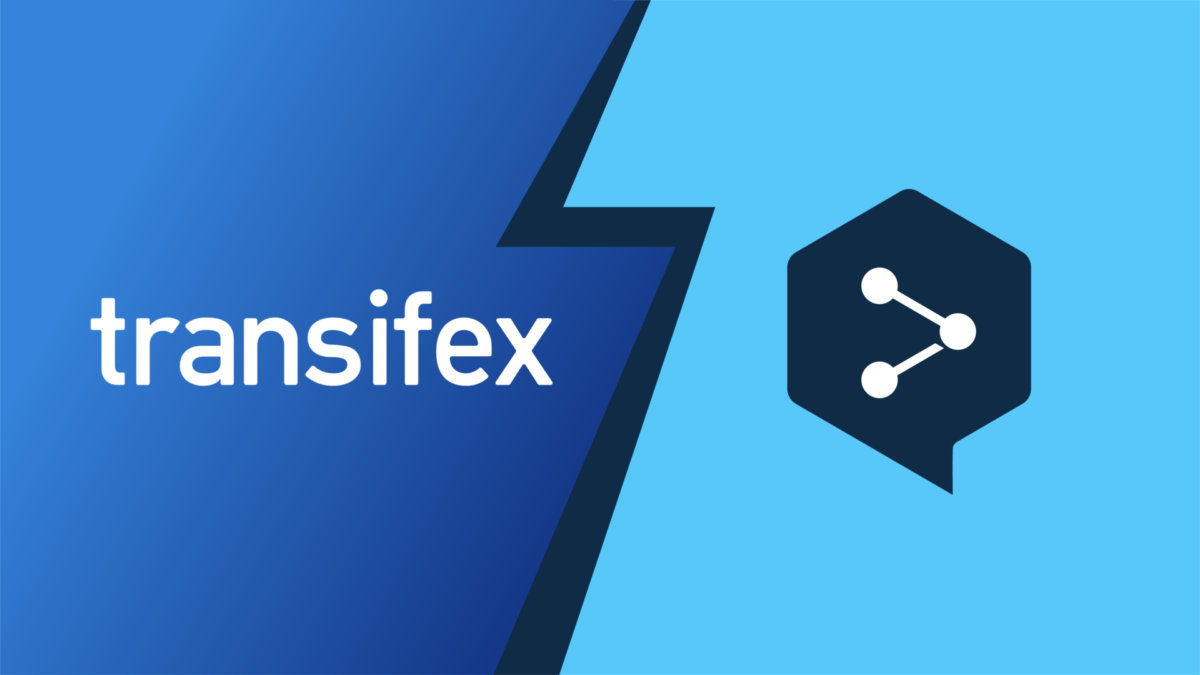
Transifex: Complete Buyer's Guide
AI-first localization platform
Transifex positions itself as the AI-first localization platform designed for developer-centric marketing teams requiring rapid, quality-controlled global campaign deployment. The platform distinguishes itself through proprietary Translation Quality Index (TQI) technology that automates quality assessment across 100+ languages while seamlessly integrating with existing CI/CD workflows[42][55].
Market Position & Maturity
Market Standing
Transifex occupies a distinctive market position serving technically sophisticated marketing organizations requiring automated workflow integration, competing directly with Lokalise and Smartling while differentiating through developer-centric capabilities and proprietary quality management technology[55].
Company Maturity
Company maturity indicators suggest strong operational stability, with documented implementations spanning multiple years and enterprise-grade security compliance including SOC 2 certification addressing data privacy concerns critical for global marketing operations[10][18].
Growth Trajectory
Growth trajectory evidence includes expanding enterprise customer adoption and increasing integration depth with marketing technology stacks, though specific revenue or funding metrics require verification from accessible sources[53][59].
Industry Recognition
Market recognition comes primarily through customer success stories rather than industry awards, with documented case studies showing measurable business impact across diverse enterprise implementations[53][59].
Strategic Partnerships
The vendor's strategic partnerships with development tool providers including GitHub and Figma create competitive moats that pure-play localization platforms cannot easily replicate[55].
Longevity Assessment
Longevity assessment shows positive indicators through sustained enterprise customer relationships, ongoing product development, and expanding integration capabilities, suggesting strong long-term viability for organizations making multi-year localization platform investments[55][56].
Proof of Capabilities
Customer Evidence
Enterprise Customer Validation includes publicly documented implementations at Vodafone, Datadog, HubSpot, MSI, Celonis, and Beekeeper, representing diverse technology enterprises with demanding localization requirements[53][56][58][59].
Quantified Outcomes
Quantified Customer Outcomes provide compelling evidence of platform effectiveness. MSI achieved 50% reduction in campaign localization lead times and 5x organic traffic growth in new markets after implementing Transifex workflows[57][59]. Celonis documented 5x increase in course completions and 2x faster campaign deployment timelines, enabling accelerated product adoption across global markets[53].
Case Study Analysis
Beekeeper successfully scaled mobile app localization to 120 countries through integrated CI/CD pipelines, eliminating manual coordination overhead that previously limited their global expansion capabilities[56].
Market Validation
Market Validation Metrics show approximately 60% of content achieving production-ready status from AI processing alone, reducing post-editing labor requirements significantly while maintaining quality standards[41][44].
Competitive Wins
Competitive Win Evidence emerges through customer comparisons favoring Transifex's continuous localization capabilities over Lokalise's GUI-focused approach, particularly for marketing operations embedded within technical organizations[55].
Reference Customers
Enterprise customers include Vodafone, Datadog, HubSpot, MSI, Celonis, and Beekeeper, demonstrating the platform's ability to handle complex enterprise workflows while delivering measurable business outcomes[53][56][58][59].
AI Technology
Transifex's AI-first architecture integrates multiple large language models including GPT-4 and Claude 2 through dynamic selection algorithms that optimize model choice based on content type, delivering superior translation quality compared to single-model approaches[46][58].
Architecture
The platform's CLI tools and API-first architecture appeal to technically sophisticated marketing operations, providing seamless integration with existing CI/CD processes that competitors' GUI-focused approaches cannot match[55][56].
Primary Competitors
Primary Competitive Landscape positions Transifex against Lokalise and Smartling as leading localization platforms[55].
Competitive Advantages
Core Competitive Advantages include continuous localization capabilities through real-time synchronization with development tools that competitors' GUI-focused approaches cannot match[55]. The proprietary TQI system offers automated quality management capabilities that alternatives lack, providing measurable quality scoring across tone, style, and glossary compliance dimensions[42][55].
Market Positioning
Market Positioning Strategy occupies a distinct niche serving technically sophisticated marketing organizations requiring automated workflow integration, creating competitive advantages for appropriate customer segments while potentially limiting appeal for traditional marketing teams preferring visual interfaces and extensive human services[55].
Win/Loss Scenarios
Win/Loss Scenarios favor Transifex when marketing operations require seamless integration with existing developer workflows, automated quality management is prioritized over manual review processes, and technical teams can manage CLI-based implementations[55][56].
Key Features

Pros & Cons
Use Cases
Integrations
Pricing
Featured In Articles
How We Researched This Guide
About This Guide: This comprehensive analysis is based on extensive competitive intelligence and real-world implementation data from leading AI vendors. StayModern updates this guide quarterly to reflect market developments and vendor performance changes.
59+ verified sources per analysis including official documentation, customer reviews, analyst reports, and industry publications.
- • Vendor documentation & whitepapers
- • Customer testimonials & case studies
- • Third-party analyst assessments
- • Industry benchmarking reports
Standardized assessment framework across 8 key dimensions for objective comparison.
- • Technology capabilities & architecture
- • Market position & customer evidence
- • Implementation experience & support
- • Pricing value & competitive position
Research is refreshed every 90 days to capture market changes and new vendor capabilities.
- • New product releases & features
- • Market positioning changes
- • Customer feedback integration
- • Competitive landscape shifts
Every claim is source-linked with direct citations to original materials for verification.
- • Clickable citation links
- • Original source attribution
- • Date stamps for currency
- • Quality score validation
Analysis follows systematic research protocols with consistent evaluation frameworks.
- • Standardized assessment criteria
- • Multi-source verification process
- • Consistent evaluation methodology
- • Quality assurance protocols
Buyer-focused analysis with transparent methodology and factual accuracy commitment.
- • Objective comparative analysis
- • Transparent research methodology
- • Factual accuracy commitment
- • Continuous quality improvement
Quality Commitment: If you find any inaccuracies in our analysis on this page, please contact us at research@staymodern.ai. We're committed to maintaining the highest standards of research integrity and will investigate and correct any issues promptly.